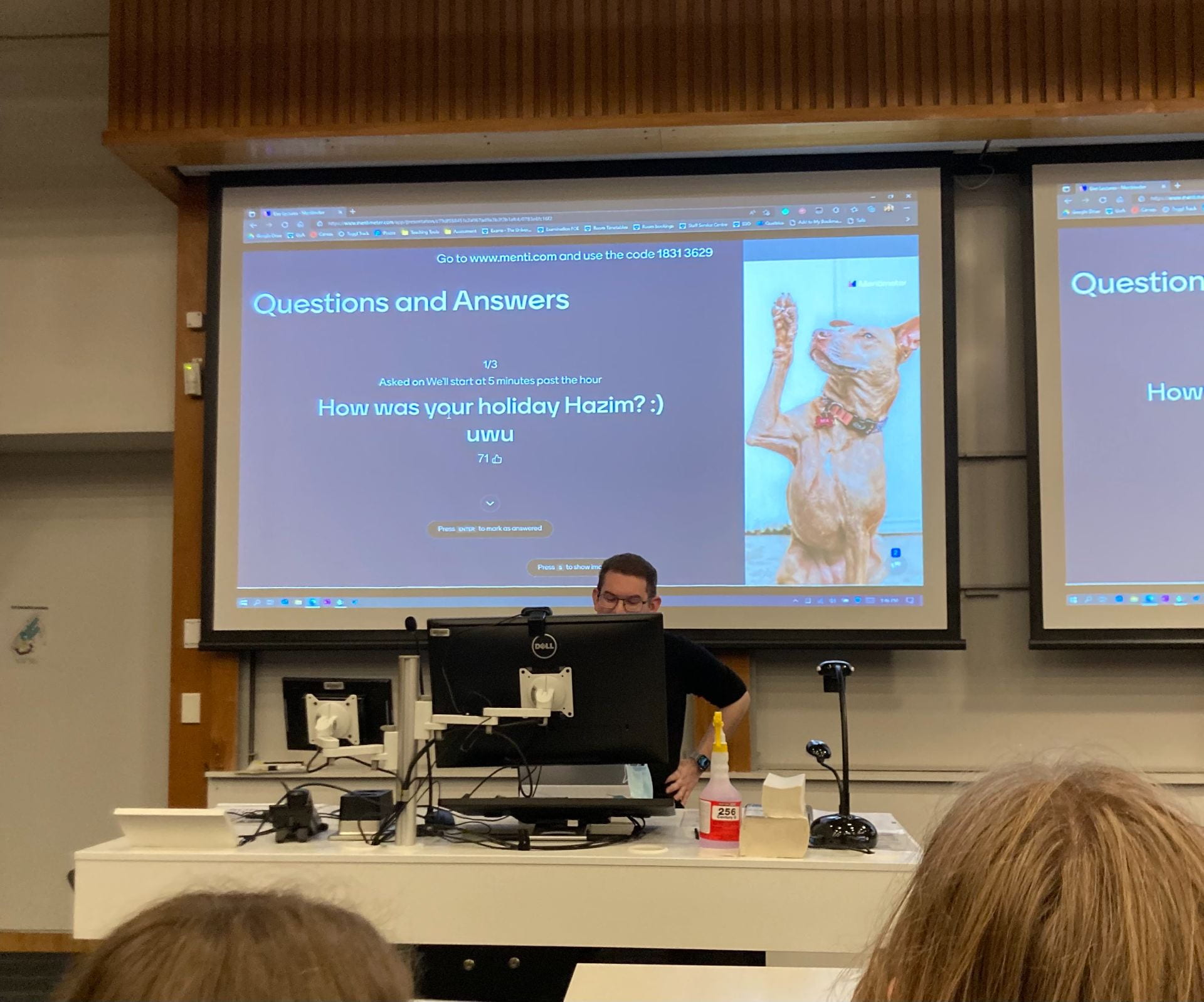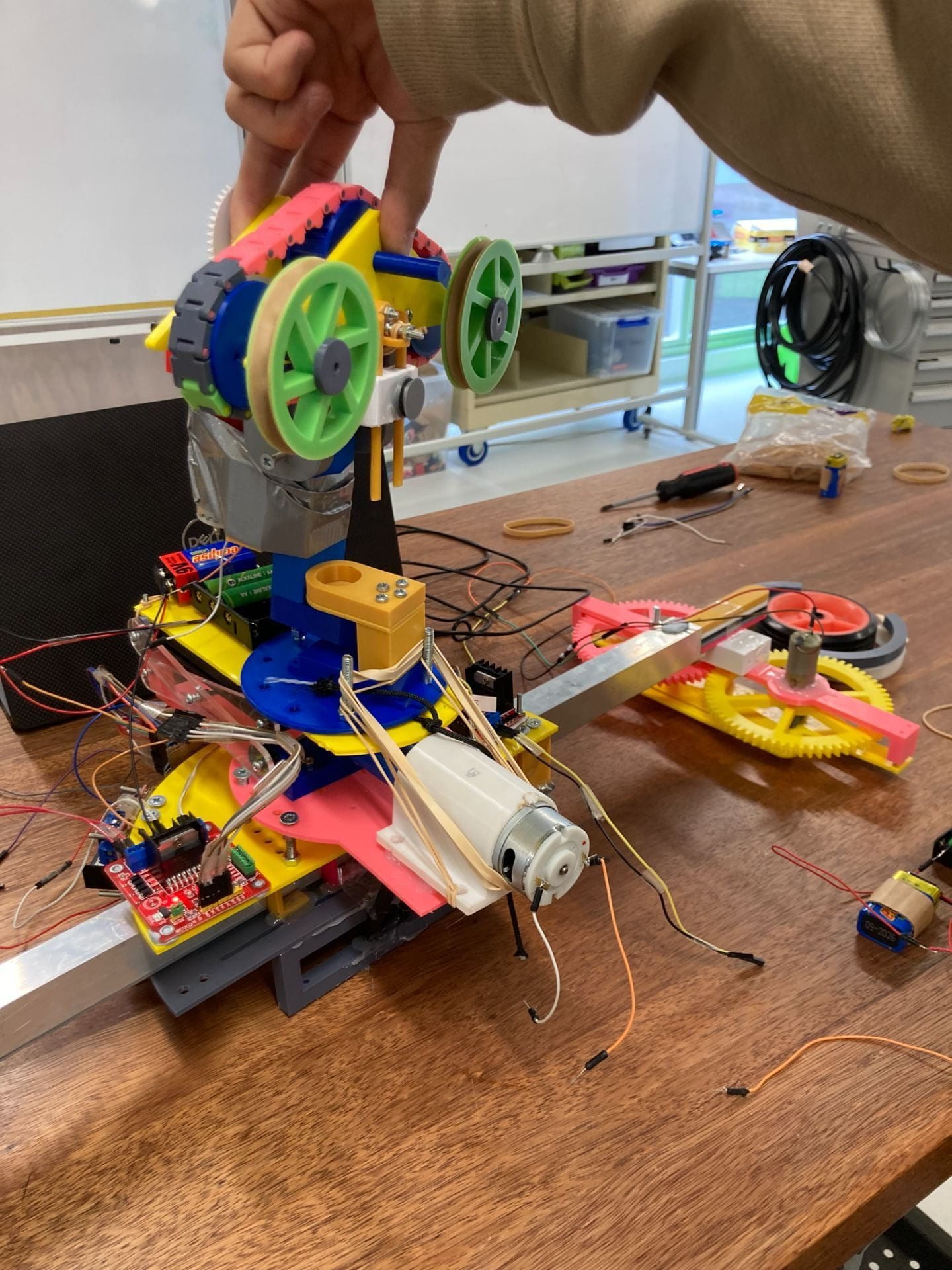Hey hey! We’re back at it again, and today we’ll be breaking down the sem 2 courses. Let’s hop right into it!
ENGGEN 204: Professional Skills and Communication
This paper is taken by all Part II students, meaning you’ll be thrown into a group with people from different specs. It consists of a combination of group projects and individual tests, so if you came to engineering to avoid socialising, too bad! In all seriousness, the skills you develop from this course are essential to all engineers, regardless of where you land up.
Advice? Aim to finish projects early. It can be difficult to coordinate when everyone has different schedules, but let me tell you: it’s a lot easier to submit your individual work at 11:59pm than it is your group projects. It’s also better to resolve issues within your team earlier on if you find yourself in a difficult situation with your team members.
MECHENG 211: Thermofluids
I wasn’t sure what to expect with this course. The heck is a thermofluid?
I did, however, enjoy this course way more than I was expecting to. The three main topics we covered were thermodynamics, fluid mechanics and heat transfer. I found it to be relatively logical, although it can definitely take some time to wrap your head around fluid mechanics. This course is also somewhat heavy on the content (as opposed to MECHENG 222 – see ahead), containing a mixture of both maths and needing to properly understand the concepts.
Something to note is that this course doesn’t have heaps of coursework, meaning a lot of the weighting is in the exam. On one hand, yay! Minimal coursework! But on the other hand, a word of caution: the other three papers will constantly make their way to the top of your priority list because of the nature of deadlines. As a result, this course becomes very easily neglected. It isn’t a crammable course, and you’re not going to have a fun time if you try (trust me on this one). Keep up with the problem sheets (even if it’s just going through the answers at the end of the week), attend tutorials where you can (psst… you can always jump streams to a friend’s!) and try keep up with lecture content. Don’t let the chonky exam hit you on the way out.
MECHENG 222: Dynamics

Imagine you’re sitting at a table, trying to do an ENGGEN 121 quiz. Except the table is moving forward at a velocity of 2m/s, and the room is spinning at an angular velocity of 3 rad/s and an angular acceleration of 2rad/s^2. Now calculate the frequency of your confusion relative to your laptop.
There’s no sugarcoating it; this course is hard. “121 on steroids” is a pretty accurate description. You’ve heard it a thousand times before, but the only way around this one is to ✨practice✨. Do the tutorial sheets (even if you don’t turn up to tutorials) and keep up with the coursebook (even if you don’t turn up to lectures). This is another course with the beloved weekly quizzes I’m afraid, but you’ll find that these actually help a lot with building understanding. And thankfully, you can struggle with your friends! At the start of the sem, Hazim will introduce you to the Clan Wars, an opportunity to work with your peers and give each other a hand (without breaking academic integrity, of course). So, have fun! The weekly Clan War updates will soon become the highlight of your week.
MECHENG 270: Software Design
Hello, software! This is the first instance where mechatronics begins to diverge from mechanical (AKA the “eighth paper” – the mechanical kiddos do MECHENG 236: Design and Manufacture 2 instead).
As someone who is new to programming, this course had a steep learning curve. To be fair, this seemed to be the case even for my more experienced friends, as Object Oriented Programming (OOP) seemed to be a new concept for most. I, for one, definitely experienced a lot of “oop’s” in this course. (Sorry.)
You’ll find that this course (alongside coding in general) is something that just takes practice. The more you do it, the easier it gets! This is one of the few instances where simply giving it a shot without listening to instructions can actually be the way to go. If you do hit a wall, however, ask for help! Don’t let a tiny little bug keep you stuck for weeks (totally, definitely not speaking from experience).
Another bonus – no exam! (Condolences to my mechanical friends.) Instead there are two tests in this course, assessing your understanding of the taught material. So as great as it is to get stuck into (or in) assignments, don’t forget to keep up with the lectures.
Warman Design and Build Competition (that project from MECHENG 235)

Let’s rewind back to Semester 1 – remember that design course I mentioned? MECHENG 235, with the Warman project, and an opportunity to actually build your design? Bet you can’t guess what my group did.
Ziptied motors, duct-taped components, mismatched 3D printed parts, hot glued cardboard, blu-tacked Arduinos, random metal bars, some super glue and seven rubber bands – peak engineering student moment. This absolutely freak show, appropriately named Frankenstein’s child, was our entry for the Warman Design and Build Competition.
Even if the performance of our design was… questionable, we sure did learn a hell of a lot. It’s a great opportunity to sharpen up your CAD skills, design and prototyping skills, teamwork skills, and a chance to screw around with 3D printers, laser cutters and Arduinos. It’s also a lot of fun, and I’d strongly recommend giving it a go if you get the chance.
Anyway, that’s it from me for this post. Come find me in the next one!
Sarina ☆